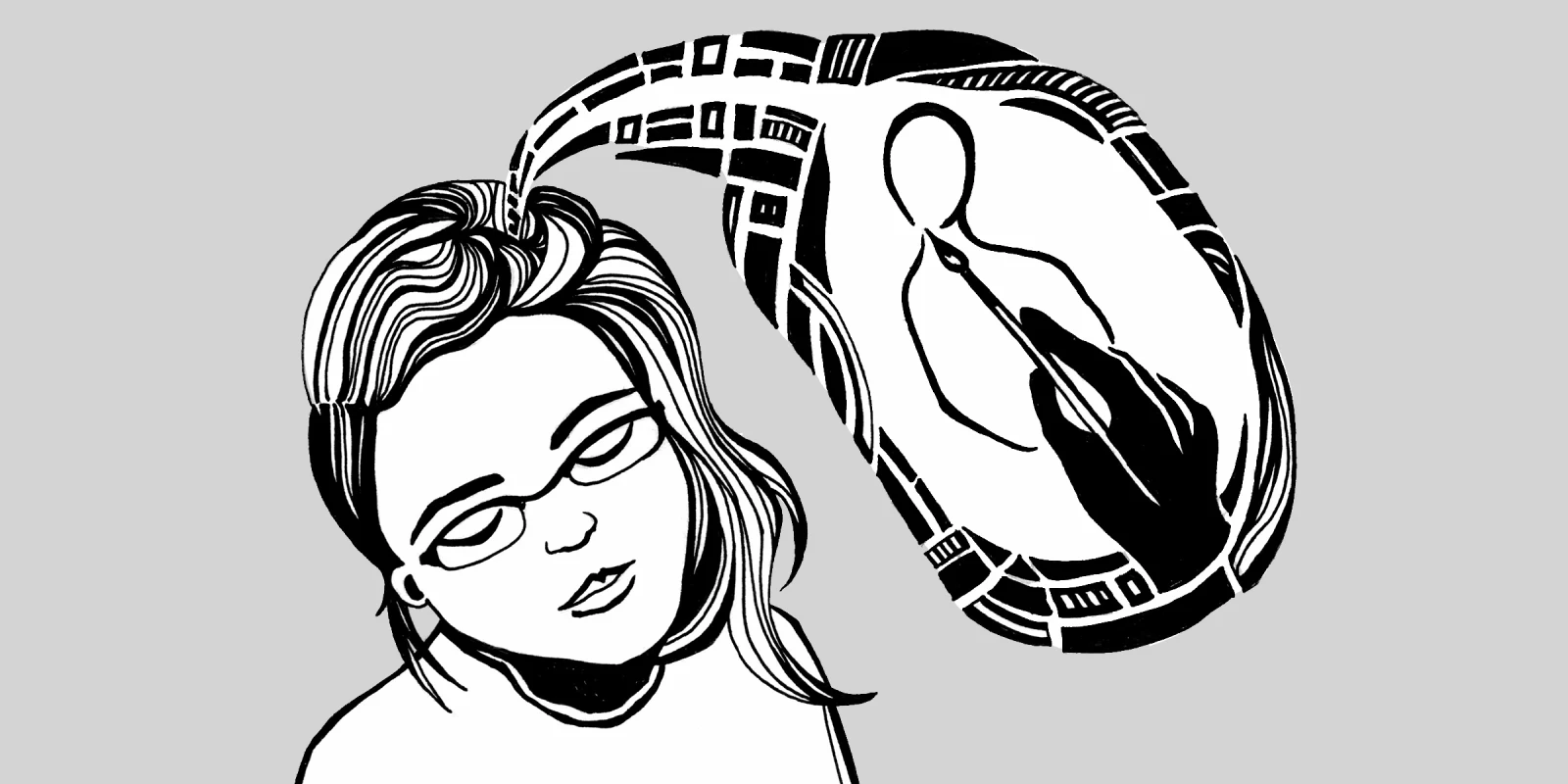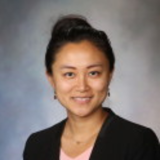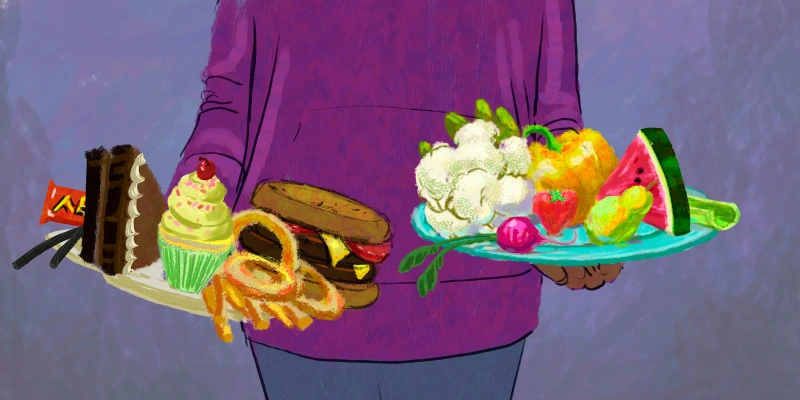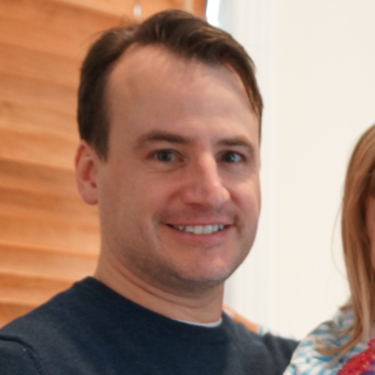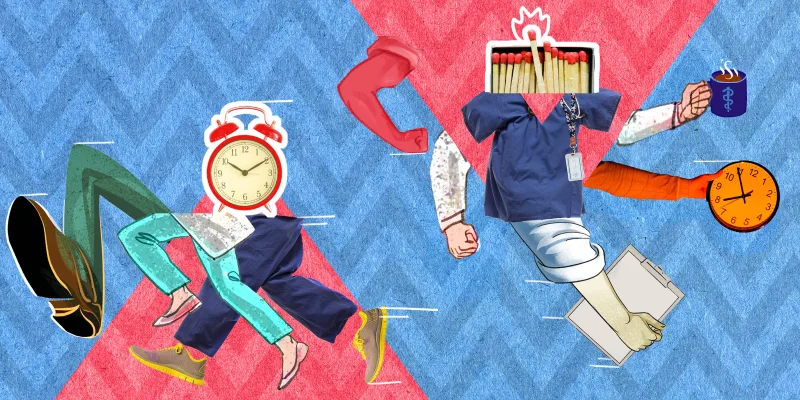A still life of meticulously-arranged roses, an Amalfi coast landscape bathed in the light of sunset, a golden-haired puppy playing hide-and-seek. I dutifully drew these scenes because they were pleasant, but I did not find them interesting in the way people could be. Instead, I spent my high school art classes trying to capture the maternal softness of Raphael’s “Madonna” and reproduce the inscrutable expression of Vermeer’s “Girl with a Pearl Earring,” driven by the desire to decipher something deeper about a person through a single image.
My parents liked the verisimilitude of my reproductions and framed them for our walls. But over the years, I would look at my renditions and feel that I had somehow missed the point. I had some technical skill, but I could not produce true portraits. I did not have the depth of perception to see someone in all their complexity nor the creative imagination to transfer that onto canvas.
Over a decade later and in a profession that uses an entirely different side of my brain, I am still asking similar questions. How do I unravel something deeper about the patient in front of me? How can I make my patient feel seen, not only as a list of symptoms but as a person?
I went back to my roots in art and art history for clues. During a recent visit to the De Young Museum in San Francisco, I saw an exhibition by American artist Alice Neel. Working mostly between the 1930s and 1970s, she was unconventional in many ways. She was a realist when abstraction was the popular style of the era. She was a woman during a time when most prominent painters were still men. Her subjects were not wealthy patrons able to afford commissions but artists, recent immigrants, members of the LGBTQ community, people who have been historically excluded from the halls of portraits I spent so long studying. Neel was unabashed in her love of New York City and the social issues she cared deeply about. She painted a range of genres from still life to city scenes, but she remains best known for her portraiture.
I love that Neel’s style is distinctly recognizable — dark outlines, open canvas that sometimes gives an air of appearing unfinished, saturated contrasting colors that should not work together but somehow do. I love her rigorous dedication to her craft over a prolific 60-year career in a way that made painting seem as essential as breathing. Most of all, I love her curiosity about people. She painted people she found interesting, sometimes inviting someone she had only met once or twice for a portrait session. She had an uncanny ability to recognize moods, traits, and psychology to capture the essence of a person. Her subjects felt that too. After seeing her portrait for the first time, her daughter-in-law said, “I had a very strange sensation of being there on the wall and in my body. She caught something I recognized in myself.”
Walking through rooms of her life’s work, I realized that she had insight to what I had spent so much of my time in art class and medicine attempting to piece together. She had seen someone as a unique, intriguing individual and portrayed them with profound empathy.
A few days later, I observed an interaction between my attending and one of our patients. As I watched, I found myself asking: If I were Alice Neel intending to paint a portrait of this patient right now, how would I start?
Like Neel, I began with the verbal. I racked my memory for the conversations I had shared with him over the last week. Most of it seemed blandly medical: a brief hello, a list of symptoms, a review of plans. Yet as I pushed on, I recalled his tendency to say whatever came to mind, well-intentioned but often without much of a filter. This had resulted in both a laughably awkward request from him for my attending to cheer me up by taking me out for dinner and an earnest, “But more importantly than how I am doing, how are you?” one morning. I stopped momentarily. “I would be doing better if you were doing better,” was my unfiltered answer. Among the hundreds of patients I have seen, he remains one of fewer than a handful who has ever been curious about how I was doing.
Next, I considered the visual. I looked for what Neel called his “natural pose,” the one he seemed most comfortable taking. My patient was essentially immobile. Our conversations usually happened with a turn of his head toward the left door, unchanged facial expressions no matter what he was saying, and a frank, open gaze. For the color palette, I would combine olive greens and burnt siennas for earthy tones that might capture his weariness mixed with stubborn endurance.
As his portrait started to form in my brain, I recognized that adapting Neel’s artistic process for a thought exercise helped me briefly step back to see himfrom the perspective of not only a clinician, but of someone who had once wanted to be a curious, empathetic, and imaginative artist. I was grateful to find what I most admired in him: his capacity to think about others even when he was physically unwell, the unapologetic way he spoke his mind, his acceptance of uncertainty. It made me better able to see his nuances and advocate for him when he eventually lost the ability to articulate his own wishes.
When I ask myself how I would portray one of my patients on canvas, I think back to one of Neel’s most enduring quotes and the encapsulation of her artistic philosophy: “You can’t leave humanity out. If you didn’t have humanity, you wouldn’t have anything.” After all these years of never being able to produce a true portrait, maybe it is in medicine that I am finally learning how to paint people in true likeness.
In what ways has interest in other disciplines helped you understand your patients better? Share in the comments.
Joy Liu is an internal medicine resident in northern California interested in end-of-life care, global health, and public policy. She is a graduate of the Mayo Clinic Alix School of Medicine and Duke University. She is a 2021–2022 Doximity Op-Med Fellow.
Illustration by Joy Liu
